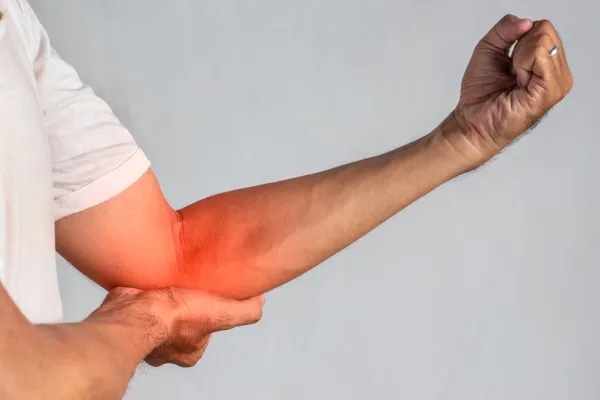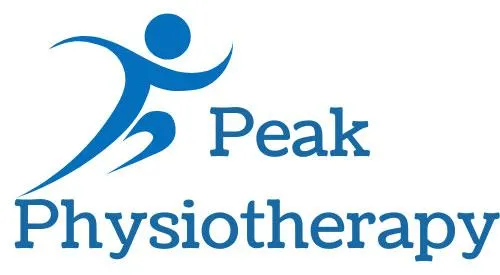
Tennis Elbow: What It Is and How Physiotherapy Can Help
Tennis elbow—officially known as lateral epicondylitis—is a common condition that affects people far beyond the tennis court. Despite the name, most people who develop tennis elbow don’t play tennis at all. If you’re dealing with persistent pain on the outside of your elbow, you may be suffering from this overuse injury. The good news? Physiotherapy can play a vital role in relieving pain, restoring strength, and preventing recurrence.
What Is Tennis Elbow?
Tennis elbow occurs when the tendons in your forearm—typically the extensor carpi radialis brevis (ECRB)—become overloaded, usually due to repetitive wrist and arm motions. This leads to microtears, inflammation, and pain on the outside of the elbow.
Common Causes
Repetitive use of hand tools or keyboards
Poor technique in sports like tennis, squash, or golf
Repeated lifting or gripping activities
Manual or physical work (e.g., carpentry, plumbing, painting)
Symptoms to Watch For
Pain or burning on the outer part of the elbow
Weak grip strength
Discomfort when lifting objects or shaking hands
Pain that worsens with wrist extension or gripping
If left untreated, tennis elbow can become chronic and significantly impact daily function.
How Physiotherapy Can Help
At Peak Physiotherapy Clinic in Galway, we use evidence-based treatments to help you recover efficiently and safely. Here’s how we approach tennis elbow:
1. Accurate Diagnosis
Our chartered physiotherapists will assess your movement, lifestyle, and symptoms to confirm the diagnosis and rule out other causes of elbow pain.
2. Manual Therapy
Techniques such as soft tissue massage, joint mobilisation, and trigger point release can help reduce muscle tension and improve elbow function.
3. Exercise Therapy
We’ll guide you through a tailored programme of eccentric strengthening exercises, stretching routines, and neuromuscular re-education to build resilience and reduce pain.
4. Shockwave Therapy or Dry Needling
In persistent cases, we may recommend adjunctive treatments like shockwave therapy or dry needling, which can stimulate healing and accelerate recovery.
5. Ergonomic Advice
We’ll assess and modify your work setup or sports technique to prevent aggravation and future flare-ups.
How Long Does Recovery Take?
Recovery varies depending on severity and how early treatment begins. With consistent physiotherapy, most people see significant improvement within 6–12 weeks.
Don’t Wait for the Pain to Worsen
Tennis elbow can become chronic if left untreated. The earlier you seek help, the faster and more complete your recovery will be. At Peak Physiotherapy Clinic in Galway, we’re here to help you regain full function and return to your daily activities—pain-free.
Book your consultation today and let’s take the first step toward recovery.



